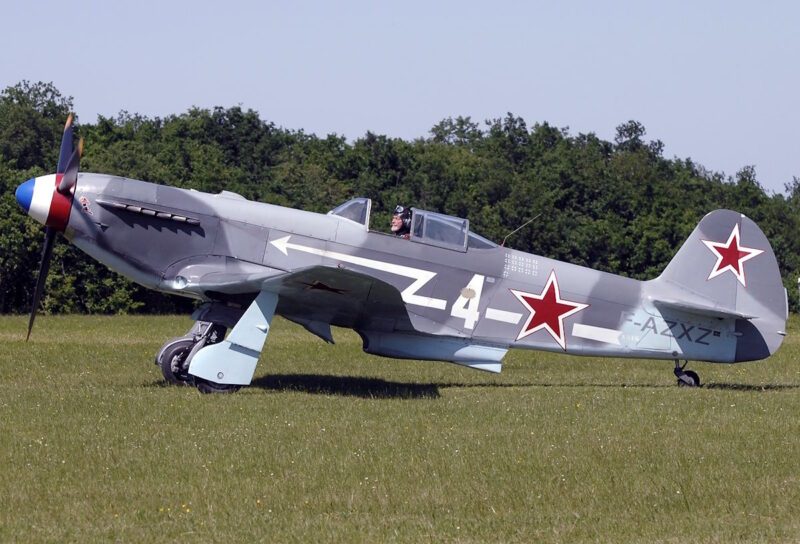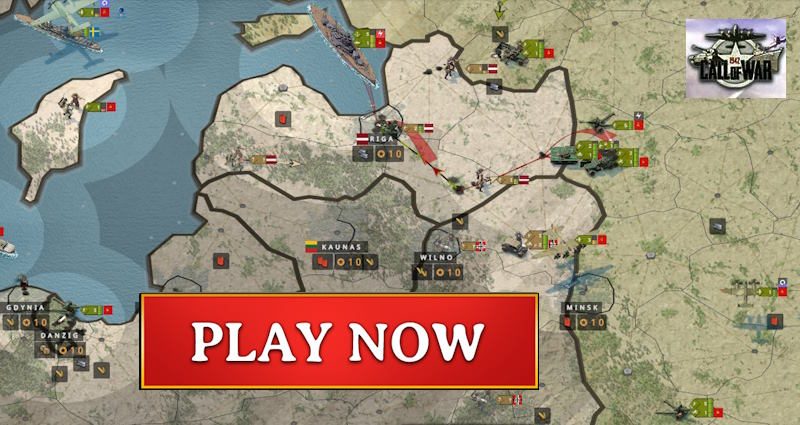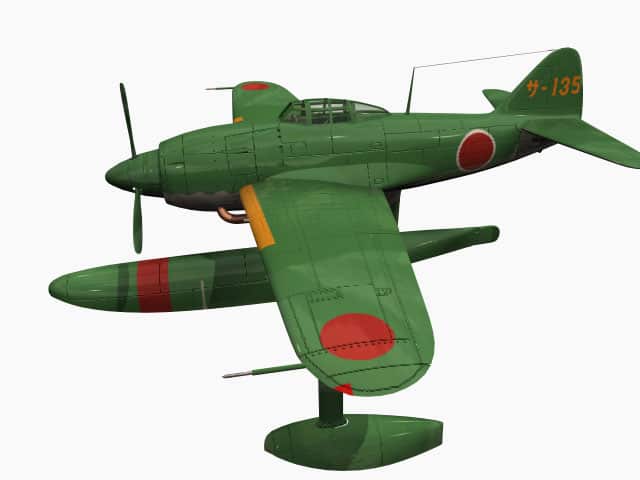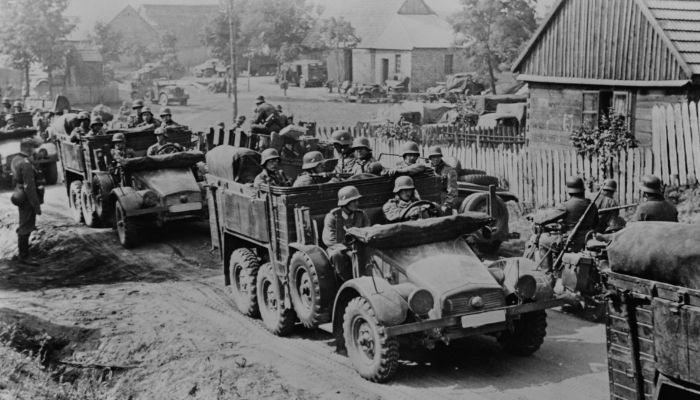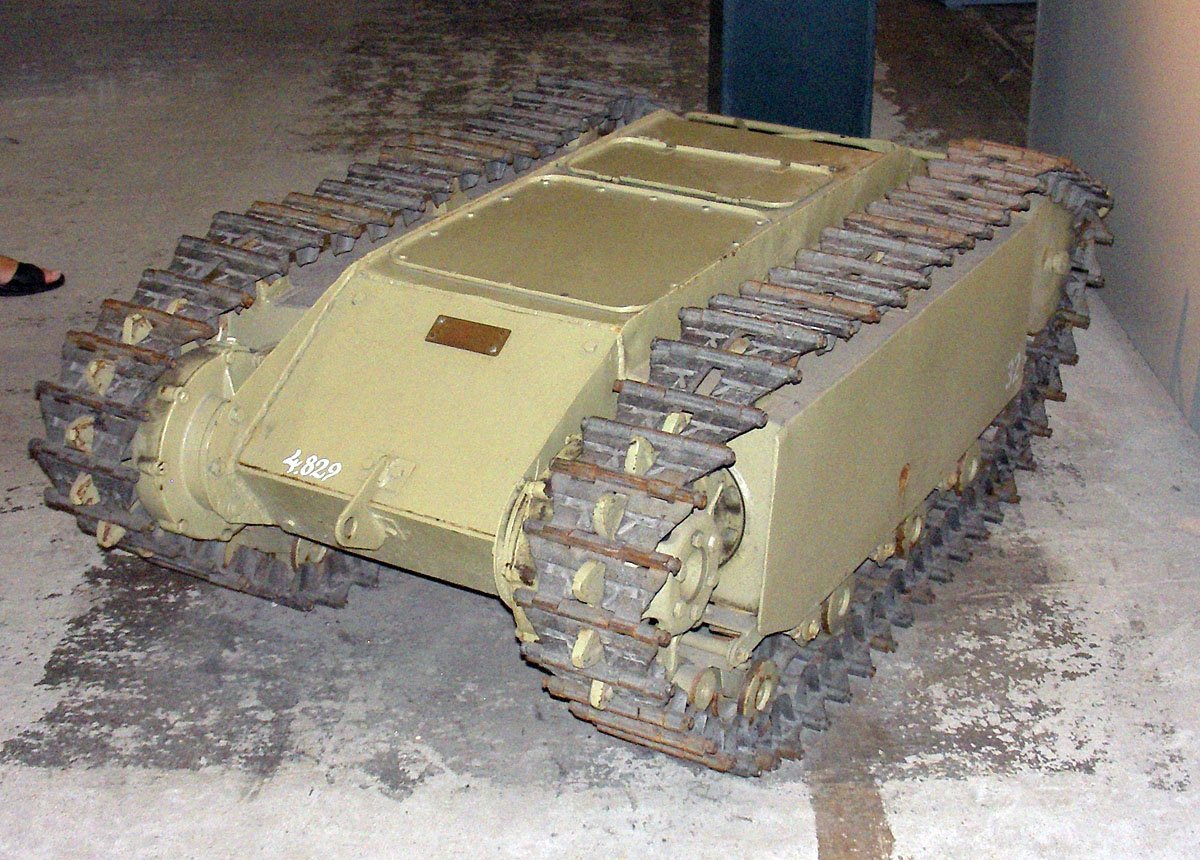The best Soviet fighter aircraft of the Second World War was the Yak-3, introduced in 1944.
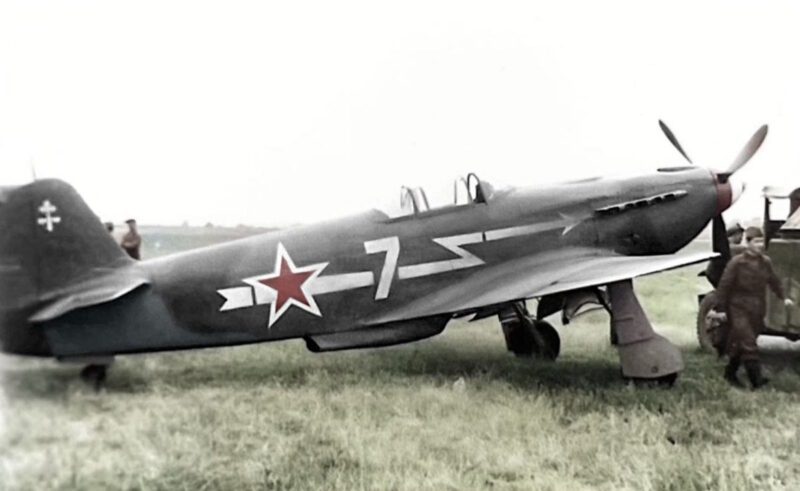
Table of Contents
The Yakovlev Yak-3 stood out as one of the most effective and feared fighter aircraft on World War II’s Eastern Front. Developed from the earlier Yak-1 in 1943, this Soviet single-engine fighter packed a punch with its light weight and impressive performance, making it a formidable dogfighter.
The Yak-3’s power-to-weight ratio and sharp maneuverability below 13,000 feet made it so dangerous that the Luftwaffe literally told their pilots to avoid fighting it at low altitudes.
This compact fighter proved that bigger didn’t always mean better in the air. With just over 14 square meters of wing area, the Yak-3 was among the smallest fighters of the war, yet it regularly outperformed larger German planes like the Messerschmitt Bf 109G and Focke-Wulf Fw 190 during low-altitude fights.
Pilots and ground crews liked the Yak-3 for its rugged design and simple maintenance. It just worked, and people noticed.
The Yak-3’s journey started as an experimental prototype and evolved through several variants. Soviet and allied pilots racked up impressive success rates flying this nimble fighter.
Development and Design Origins
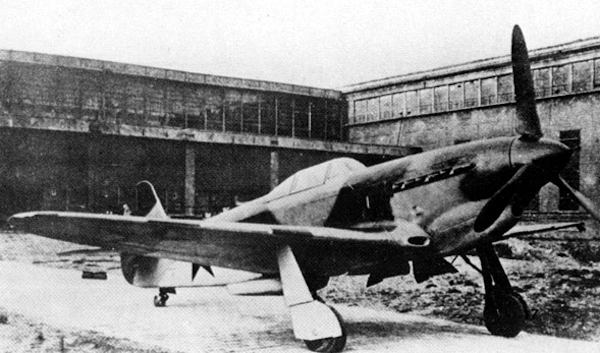
The Yak-3’s story kicked off during World War II as an improved version of the Yak-1 fighter. Alexander Yakovlev and his team aimed to create something lighter and more agile to go toe-to-toe with German fighters.
Historical Context
World War II created a desperate need for advanced Soviet fighter aircraft. The German invasion in 1941 made it painfully clear that Soviet planes just weren’t cutting it.
The Yakovlev Design Bureau felt the pressure to deliver fighters that could keep up with German aircraft. Early losses on the front lines showed Soviet planes needed serious upgrades in performance and handling.
Key wartime challenges:
- Limited resources and materials
- Need for quick production
- Combat experience requirements
- Pilot feedback integration
Yakovlev’s team started working on better fighter designs in late 1941. They listened to pilots and learned from real combat experience.
They shifted focus to improving power-to-weight ratios. Speed and maneuverability moved to the top of the wish list for new models.
Yakovlev Yak-1M Roots
The Yak-3 began life as the Yak-1M project in 1941, basically a tweaked version of the already successful Yak-1 fighter.
The engineering team wanted to fix the Yak-1’s issues—things like too much weight, not enough speed, and lackluster turning in a fight.
The prototype flew for the first time in late 1942. Test pilots immediately picked up on the better performance compared to the standard Yak-1.
Yak-1M improvements:
- Reduced overall weight
- Better engine cooling
- Improved aerodynamics
- Enhanced pilot visibility
Production delays hit hard because of shifting war priorities. Soviet factories stuck with proven models until 1944, so the Yak-3 had to wait its turn.
They kept the basic Yak-1 frame but introduced major changes. This shortcut saved precious time and resources.
Key Design Changes
The finished Yak-3 came with big improvements over the Yak-1. Engineers obsessed over cutting weight to boost performance.
They shortened the wingspan from the Yak-1, which made the Yak-3 roll faster and turn tighter in a dogfight.
The fuselage used a semi-monocoque structure with aluminum skin. Internal stringers and frames kept it strong without adding too much weight.
Major design modifications:
- Lighter wooden wings with metal leading edges
- Improved pilot cockpit position
- Better engine cooling system
- Streamlined aerodynamic shape
The Klimov VK-105PF-2 engine put out 1,300 horsepower. This liquid-cooled V-12 gave the Yak-3 an excellent power-to-weight ratio.
For weapons, the Yak-3 carried one 20mm cannon and two 12.7mm machine guns. This setup struck a nice balance between firepower and keeping the plane agile.
Technical Specifications
The Yakovlev Yak-3 had compact dimensions and lightweight construction, making it one of the most agile fighters of the war. It used different Klimov engines during its production run—VK-105PF-2 was the standard, but some lucky pilots got the more powerful VK-107A.
Dimensions and Weight
The Yak-3 measured 27 feet 10 inches long and had a wingspan of 30 feet 2 inches. It stood 7 feet 11 inches from the ground to the top of the tail.
Wing area came in at 159 square feet. That small size definitely helped with nimbleness during combat.
Weight specifications:
- Empty weight: 4,641 pounds
- Maximum takeoff weight: 5,864 pounds
Being so light made the Yak-3 one of the nimblest fighters around. Soviet designers worked hard to keep the weight down but still make it tough enough for battle.
Engine and Powerplant
The go-to engine was the Klimov VK-105PF-2, a V-12 liquid-cooled piston engine with 1,283 horsepower. Most Yak-3s used this reliable workhorse all through the war.
Starting in August 1944, a few Yak-3s got the Klimov VK-107A engine, which cranked out 1,700 horsepower. Not many of these made it to the front lines, though.
Yak-3s with the VK-107A could hit higher speeds than the standard version, but most pilots stuck with the trusty VK-105PF-2. Both engines relied on liquid cooling, which held up well in battle conditions.
Performance and Range
The Yak-3 could reach a top speed of 407 mph at altitude. With the VK-107A engine, it could push up to 447 mph at 19,700 feet.
Service ceiling hit 35,105 feet. The plane absolutely shined below 13,000 feet, out-turning most German fighters at those altitudes.
Range capabilities:
- Combat range: 559 miles
- Ferry range: Extended with external fuel
The Yak-3’s short range meant it mostly stuck to defensive work and close air support. Soviet pilots flew it over Eastern Front battlefields, where its agility really made a difference.
Armament and Equipment
The Yak-3 packed a well-balanced set of weapons: one 20mm cannon and two machine guns in the nose. The cockpit layout was simple—just the essentials for fighting and flying.
ShVAK Cannon Features
The Yak-3’s main weapon was a single 20mm ShVAK cannon mounted right through the propeller hub. It shot explosive shells at 800 rounds per minute.
The ShVAK operated on a short recoil system and held 120 rounds in the nose. Having the cannon dead center gave pilots great accuracy.
This cannon could punch through light armor and tear up enemy aircraft structures with ease.
Later Yak-3 variants, like the Yak-3P, swapped the ShVAK for three 20mm B-20 cannons to up the firepower. Early Yak-3s, though, sometimes used the Yak-1’s armament since ShVAK cannons weren’t always available at first.
UBS Machine Guns Configuration
Two 12.7mm UBS machine guns sat on either side of the ShVAK cannon in the nose. Each carried 200 rounds.
The UBS was designed just for aircraft and fired at 1,000 rounds per minute. It was effective against both other planes and light ground targets.
The guns were synchronized to fire through the propeller arc without hitting the blades. Having all weapons close to the centerline made aiming easier and more precise.
Pilots could rely on the machine guns when cannon ammo ran low, saving the big shells for when it really mattered. The combined firepower was nothing to scoff at—12.7mm rounds could wreck enemy planes and systems pretty quickly.
Avionics and Cockpit Layout
The cockpit focused on simplicity and function. Basic instruments included an airspeed indicator, altimeter, and compass.
Engine gauges tracked oil pressure, coolant temperature, and fuel. The panel stayed compact and easy to scan during intense maneuvers.
Radio gear was pretty barebones by today’s standards—just enough for voice chats with ground control and other pilots.
Pilots got armor protection behind the seat and bulletproof glass in front. Controls were straightforward and felt responsive, letting pilots really take advantage of the Yak-3’s maneuverability.
Specifications

Specification
Specifications |
Yak-1M (VK-105) |
Yak-3 (VK-105) |
Yak-3 (VK-107) |
|---|---|---|---|
Type |
Tactical fighter aircraft |
= |
= |
Powerplant |
1 x 1,260 hp liquid-cooled Klimov VK-105PF V-12 engine |
1 x 1,225 hp liquid-cooled Klimov VK105PF-2 V-12 engine |
1 x 1,650 hp liquid-cooled Klimov VK-107A engine |
Crew |
1 |
1 |
1 |
Wingspan |
30ft 2.25in (9.20 m) |
= |
= |
Overall length |
27ft 10.25in (8.50 m) |
= |
= |
Overall height |
7ft 10in (2.39 m) |
= |
= |
Empty weight |
4,960 lb (2,250 kg) |
= |
? |
Maximum weight |
5,864 lb (2,660 kg) |
= |
? |
Maximum speed |
404 mph (650 km/h) |
= |
447 mph (720 km/h) |
Service ceiling |
35,450ft (10,800 m) |
= |
? |
Range |
506 miles (815 km) |
= |
? |
Armament:
Armament |
Yak-3 |
|---|---|
Front armament |
1 x 20 mm ShVAK cannon (120 rounds), 2 x 12.7 mm BS machine guns (250 rounds each) |
Service statistics:
Service statistics |
Yak-1M |
Yak-3 (VK-105) |
Yak-3 (VK-107) |
|---|---|---|---|
First flight |
1942 |
Spring 1943 |
Spring 1944 |
Introduction to service |
Early 1943 |
Late 1943 (mass production only from spring 1944; in large numbers at the front from summer 1944) |
Pre-production series late fall 1944; service introduction only after May 1945 |
Final delivery |
Fall 1944 |
presumably at the end of the war |
early 1946 |
Production numbers |
8,721 (all Yak-1 versions) |
4,848 (VK-105 & VK-107) |
= |
Combat Service and Operational History
The Yak-3 entered service in July 1944 with the 91st IAP. It quickly earned a reputation as one of the war’s most effective dogfighters, seeing action in major Eastern Front battles and flying with elite units like the French Normandie-Niemen Regiment.
Eastern Front and Notable Battles
The Yak-3 first saw combat in July 1944, right in the thick of the Soviet summer offensive. The 91st Fighter Aviation Regiment got the first batch, flying them out on the Eastern Front.
Operation Bagration? The Yak-3 was there, playing a big part as Soviet forces crushed German Army Group Center. Pilots flew air cover for advancing troops and tangled with Luftwaffe fighters trying to help the retreating Germans.
Later on, during the tail end of the Battle of Kursk, Yak fighters really showed what they could do against German planes. The Yak-3’s nimble handling at lower altitudes gave Soviet pilots an edge they didn’t want to give up.
By mid-1946, Yakovlev had rolled out 4,848 Yak-3s. The aircraft stayed in action through the final push into Germany and during the assault on Berlin.
Dogfight Performance
The Yakovlev Yak-3 built its reputation as a fierce dogfighter, thanks to its sharp maneuverability and punchy acceleration. With its light frame and high power-to-weight ratio, it could whip around in a turn or rocket upwards pretty quickly.
Key Performance Advantages:
- Turned tighter than German fighters
- Climbed fast at low altitudes
- Accelerated quickly in combat
- Had controls pilots genuinely liked
In close-in fights, the Yak-3 was a handful for the enemy. German pilots often tried to avoid turning battles with it, sticking to hit-and-run attacks instead.
Soviet pilots claimed they could outmaneuver both the Messerschmitt Bf 109 and Focke-Wulf Fw 190 in a dogfight. That kind of advantage made a difference in plenty of air battles over Eastern Europe.
Normandie-Niemen Regiment
The French Normandie-Niemen squadron got their Yak-3s in July 1944, making them one of the most well-known foreign units to fly Soviet fighters during the war. Before that, they’d flown Yak-1s and Yak-9s.
Those French pilots did remarkably well with the Yak-3. The regiment racked up 99 confirmed victories flying these planes, losing just 17 in combat.
Notable Achievements:
- 273 total victories during the war
- 42 pilots honored with Soviet decorations
- They actually got to keep their Yak-3s after the war
The unit stayed with Soviet forces all the way from the Eastern Front to Berlin. Their success says a lot about what the Yak-3 could do in skilled hands.
Luftwaffe Encounters
German pilots caught on fast—this new Soviet fighter was trouble. By late 1944, Luftwaffe reports told pilots to steer clear of low-altitude scraps with Yak-3s.
The Yak-3’s performance forced the Luftwaffe to rethink their tactics. German fighters started favoring hit-and-run attacks from above, instead of mixing it up in turns.
German Pilot Observations:
- Handled incredibly well below 5,000 meters
- Accelerated fast in a fight
- Hard to hit—small and slippery
Encounters with Yak-3s often didn’t end well for the Germans in the last year of the war. Its dominance at low altitudes really put a lid on German close air support and recon flights over Soviet lines.
Variants and Experimental Models
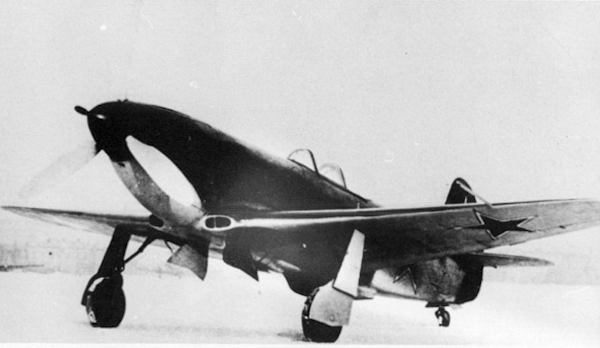
The Yak-3 spawned all sorts of variants during and after World War II—everything from souped-up production models with heavier guns, high-altitude interceptors, and even tank busters with giant cannons. Some were just wild experiments, testing new engines or rocket boosters. They tried out roles from ground attack to training, always pushing the tech of the 1940s.
Yak-3U and Yak-3P
The Yak-3U was a pretty major upgrade, swapping in a Shvetsov ASh-82FN radial engine that made 1,850 horsepower. That fix aimed to solve overheating headaches from earlier engines and boost performance.
They stretched the wingspan by 8 inches and shifted the wings 9 inches forward. The cockpit got bumped up by 3 inches to fit the new setup.
Armament was solid: 2 × 20mm Berezin B-20 cannons, 120 rounds each. Test flights clocked the prototype at 424 mph at 19,685 feet.
The Yak-3P was the last production version, rolling out between April 1945 and mid-1946. It packed 3 × 20mm Berezin B-20 cannons—one in the center with 120 rounds, two on the sides with 130 rounds each.
Surprisingly, the three-cannon setup was 24 pounds lighter than the standard Yak-3 guns. Its one-second burst mass hit 7.74 pounds, beating most fighters of the day. From August 1945 onward, all Yak-3s built were the Yak-3P, totaling 596 aircraft.
Yak-3PD and High-Altitude Versions
The Yak-3PD was a high-altitude interceptor, running a Klimov VK-105PD engine and a single 23mm Nudelman-Suranov NS-23 cannon with 60 rounds.
During tests, it reached an impressive 43,625 feet. But engine reliability just wasn’t there, so it never made it into production.
The Yak-3TK tried a VK-107A engine with an exhaust turbocharger, hoping to keep power up high where other engines faded.
These high-altitude models aimed to fix the standard Yak-3’s weakness above 13,000 feet. The Soviets needed fighters that could chase down high-flying enemy planes, but the tricky engines kept these versions from really taking off.
Yak-3T and Yak-3T-57
The Yak-3T was a tank buster, armed with a 37mm Nudelman N-37 cannon and 2 × 20mm Berezin B-20S cannons. The main gun got 25 rounds, each 20mm had 100.
To balance the heavier nose, engineers moved the cockpit back by about a foot and a third. The big cannon meant lots of engine tweaks, too.
Unfortunately, those changes led to nasty overheating issues that they never fixed. The project stayed stuck at the prototype stage.
The Yak-3T-57 went even further with a massive 57mm OKB-16-57 cannon—just one test plane ever built.
All that firepower was great for hitting ground targets and light armor, but the extra weight and balance problems made these variants a maintenance nightmare and tough to fly well.
Yak-3TK, Yak-3RD, and Yak-3UTI
The Yak-3RD (sometimes called Yak-3D) was an experiment with a Glushko RD-1 liquid-fuel rocket engine in the tail. The rocket gave it a 650-pound boost in thrust.
On May 11, 1945, it hit 485 mph at 25,585 feet during a test flight. Armament was a single 23mm NS-23 cannon with 60 rounds.
The test program ended in tragedy when the plane crashed on August 16, killing test pilot V.L. Rastorguev. No one ever figured out exactly what went wrong.
The Yak-3UTI was a two-seat trainer based on the Yak-3U airframe, but it used a less powerful Shvetsov ASh-21 radial engine.
This trainer became the prototype for the later Yak-11 training aircraft. The extra seat let instructors show new pilots how the Yak-3 handled.
Like other planes mixing piston and rocket power, the Yak-3RD got shelved in favor of pure turbojets, which just worked better and were easier to keep running.
Legacy and Influence
Production Numbers and Export
Yakovlev cranked out 4,848 Yak-3 aircraft from March 1944 to 1946. Most rolled off the line at Plant No. 292, which kept up a pace of 250 planes per month.
Production peaked in 1944 and 1945, when the Soviets needed all the air support they could get. The last Yak-3 left the factory in 1946, right as jets started to take over.
Export sales were pretty limited during the war. The Soviets kept most Yak-3s for themselves on the Eastern Front, but a few trickled out to allies after 1945.
France got a few dozen Yak-3s right after the war. Poland and Czechoslovakia also flew small numbers of them into the late 1940s.
Postwar Use and Reproductions
The Yak-3 stayed with Soviet air forces until 1950, when jets took center stage. After that, many Yak-3s moved to training schools and reserve units.
The Yak-3’s design shaped the Yak-15 jet fighter that came out in 1946. Engineers kept the same basic fuselage and just swapped in a turbojet.
These days, a few companies build flying Yak-3 replicas for collectors, using original blueprints but modern engines and avionics.
Restored Yak-3s sit in several museums, and you’ll catch them at air shows in Europe and North America, where pilots still show off what they can do.
Appearance in Media and Literature
Squadron/Signal Publications featured the Yak-3 in several reference books, with all the tech specs and combat stories you’d expect.
“Yak Fighters in Action” by Hans-Heiri Stapfer is a fan favorite. It’s packed with photos and technical drawings for every Yak variant.
Documentaries about WWII air combat love to show Yak-3 footage. The History Channel and others highlight its role on the Eastern Front.
Flight simulators and video games often include the Yak-3 as a playable plane. Players get to mess around with its famous agility and climb rate.
Frequently Asked Questions
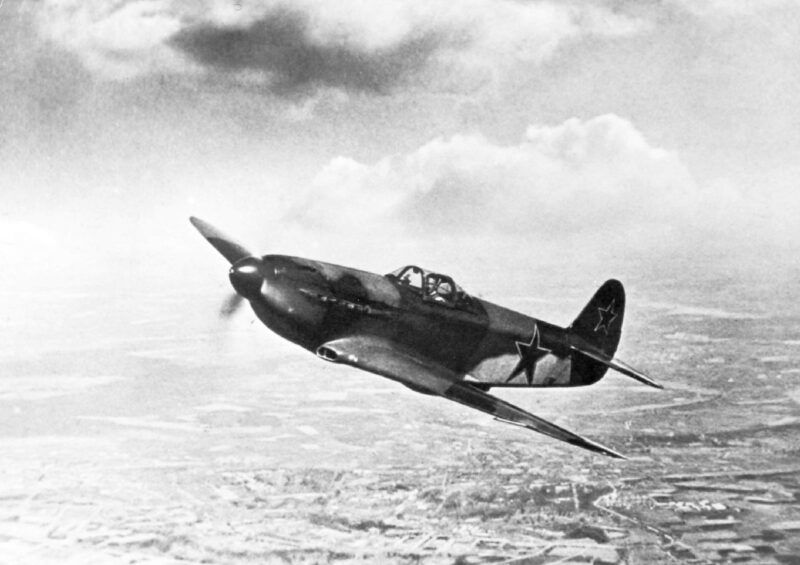
The Yakovlev Yak-3 sparks a bunch of questions about how it fought, its specs, and whether you can still find one today. People want to know about its combat record, how it stacks up against other fighters, its value, survivors, and how it fit into the Yakovlev family tree.
What were the primary roles of the Yak-3 during World War II?
The Yak-3 was a low-altitude fighter and interceptor, built for the Soviet Air Force. It really shined in dogfights below 5,000 meters, where its light build let it dance circles around opponents.
Pilots mostly used it to take on German fighters in air-to-air combat. The Yak-3’s fast climb also made it a solid choice for intercepting enemy bombers and their escorts.
Soviet pilots sometimes used the Yak-3 for close air support against ground targets, but that wasn’t its main gig.
How does the Yak-3’s performance compare to other fighters of its era?
The Yak-3 had one of the best power-to-weight ratios among World War II fighters. That gave it fantastic acceleration and a seriously impressive climb at low altitudes.
It could out-turn most German fighters, like the Bf 109 and Fw 190. The lightweight construction—just 2,105 kilograms empty—gave it a real edge in maneuverability.
But, the Yak-3 had its limits up high. Its engine lost a lot of oomph above 5,000 meters.
Top speed hit about 650 km/h at the sweet spot for altitude. That matched or even beat plenty of other fighters from 1944-1945.
Can you still find a Yak-3 aircraft for sale, and what would its price range be?
Original World War II Yak-3s almost never pop up for sale. Museums and private collectors usually hold onto the few that survived.
Since 1991, you could actually buy a new-build Yak-3. The Yakovlev design bureau started making them again in Orenburg, Russia, using original plans and tooling.
These reproductions usually go for $300,000 to $800,000. Price depends on condition, equipment, and which variant you’re looking at.
If you somehow find an original wartime Yak-3, expect a much steeper price. Those can easily break the $1 million mark thanks to their rarity and history.
How many surviving Yak-3 planes are currently operational?
Fewer than 20 original Yak-3s are still around worldwide. Most just sit in museums, not in flying shape.
Only a tiny number of originals can still take to the sky. Keeping them airworthy takes a lot of maintenance and some pretty specialized parts.
From 1991 to 2003, the new-build program turned out about 50 Yak-3s. Many of those are still flying today with private owners or museums.
You might spot a few airworthy Yak-3s at air shows or flying events. The Museum of Flying in Santa Monica actually kicked off that reproduction effort, which is pretty cool.
What were the major design differences between the Yak-3 and the Yak-9?
The Yak-3 had a shorter wingspan—9.2 meters—while the Yak-9’s wings stretched out longer. Less wing area on the Yak-3 gave it a snappier roll and better agility.
Weight set them apart too. The Yak-3 stayed lighter, while the Yak-9 hauled heavier weapons and more fuel.
The Yak-9’s fuselage ran longer to fit different weapons. It could mount bigger cannons and sometimes even carried bombs or rockets.
The engines weren’t always the same either. Later Yak-9s got beefier engines, but the Yak-3 stuck with lighter setups to keep its weight down.
What advancements did the Yak-3 incorporate compared to earlier Yakovlev models like the Yak-7?
The Yak-3 came out with a totally redesigned wing. Engineers managed to shave off weight but still kept the structure strong, thanks to better materials and smarter construction.
They also tweaked the aerodynamics. The engine cowling and fuselage looked sleeker, which cut drag and made the plane fly better overall.
Pilots could actually see more from the cockpit, since they enlarged the canopy glazing. The controls and instrument layout got a refresh too, so things felt more natural in the air.
On top of that, building the Yak-3 just got easier. They simplified how it went together, which meant factories could churn out more planes without sacrificing quality.
References and literature
Yak Fighter in action (Hans-Heiri Stapfer)
Combat Aircraft of World War II (Bill Gunston)
Technik und Einsatz der Kampfflugzeuge vom 1. Weltkrieg bis heute (Ian Parsons)
Das große Buch der Luftkämpfe (Ian Parsons)
Luftkrieg (Piekalkiewicz)





